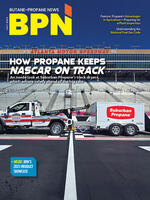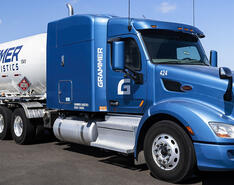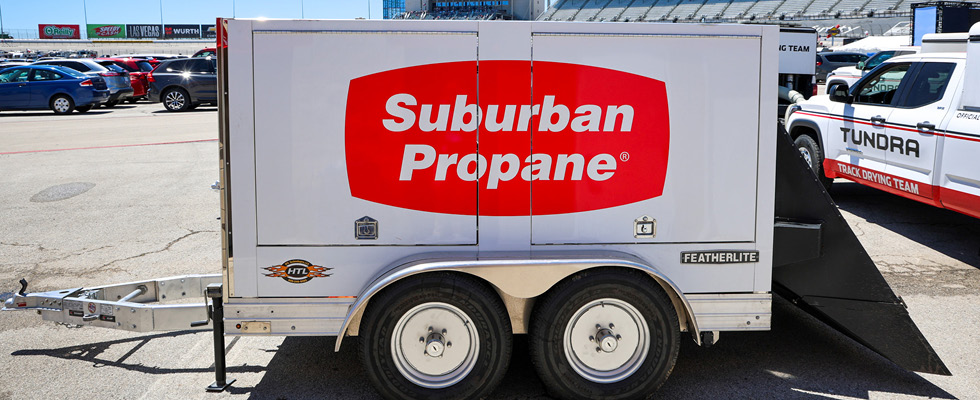
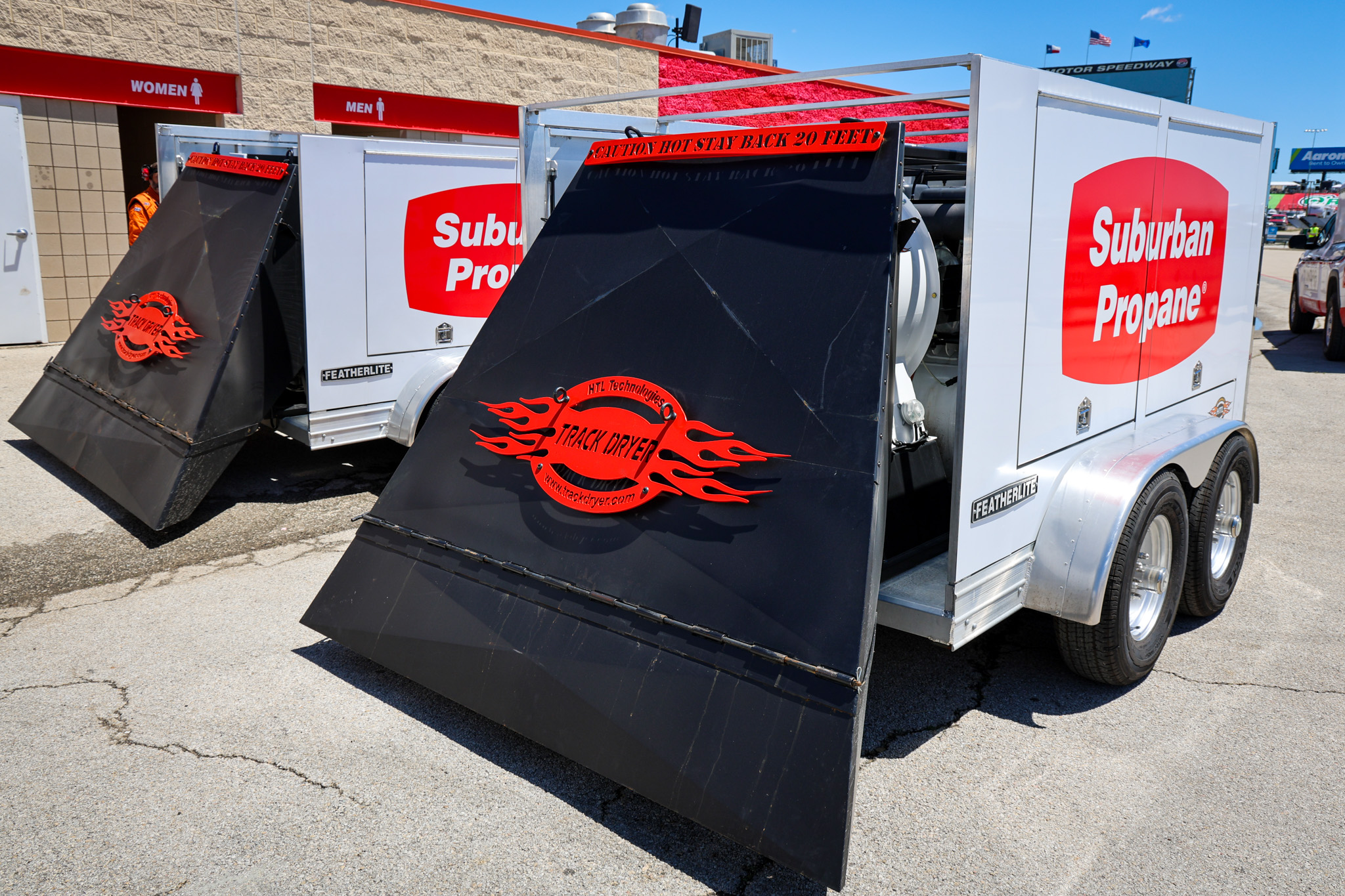
The roaring of engines fine-tuned to whiz around a quad oval track was louder than I was expecting. It was my first time at a professional race of any kind, let alone one where propane played a pivotal role.
The sky was filled with a bright Texas sun when I arrived at the motorway — a complete contrast to the day before, which brought in torrential rains. If it weren’t for the innovative work of a propane track dryer, fueled by Suburban Propane, the track would have been far too wet for the tires of the race cars. An important example of propane showing up to save the day.
I had flown out to the Texas Motor Speedway, located on the outskirts of Dallas, Texas, to meet with Suburban Propane representatives and to learn more about the ways the company is providing propane services to NASCAR and Speedway Motorsports events. The chance to see next-level racing in person was a bonus.
Propane, as it turns out, plays a role in almost every corner of the Speedway operations.
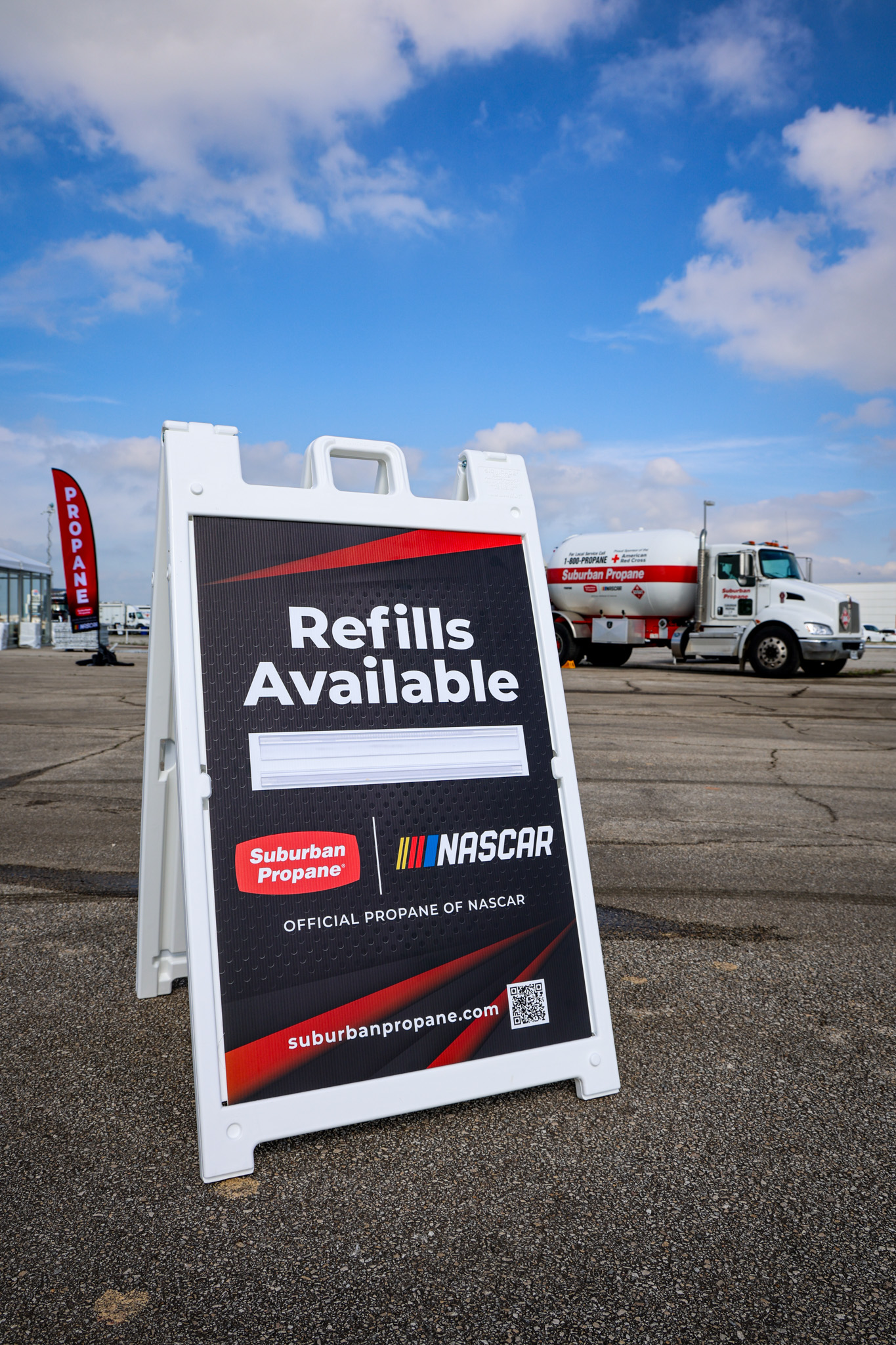
“At Speedway Motorsports venues, propane serves multiple functions,” said Steve Swift, senior vice president of operations and development at Speedway Motorsports. “It not only dries the track but also powers concessions, fuels RVs, provides backup energy and keeps garages warm during inclement weather. This reliable and efficient fuel source is essential to the smooth operation of our events, significantly enhancing both the fan experience and our operational capabilities.”
Propane is the fuel of choice in the site’s concession operations, campground, heating options across the speedway grounds and emergency power generators. What began as a vision to provide a cleaner source of energy for NASCAR operations has grown into a mutually beneficial, multiyear partnership that demonstrates the innovation of this industry.
“Our partnerships with NASCAR and Speedway Motorsports truly highlight the incredible versatility of propane,” said Nandini Sankara, vice president of marketing and brand strategy at Suburban Propane.
As part of that partnership, the company provides propane resources to 19 NASCAR tracks, eight of which are owned by NASCAR and 11 of which are operated by Speedway Motorsports, including the Texas Motor Speedway. “It’s not just about fueling track dryers,” said Sankara.
“It’s about showcasing how propane reliably powers everything from essential garage heating during unexpected cold snaps to supporting the daily demands of hospitality areas, concessions and campgrounds. Propane proves its value across diverse settings, underscoring its essential role in sports, entertainment, travel and logistics.”
The day before the race, I experienced a behind-the-scenes tour of the Speedway grounds, from the campground to the pits. The Texas Motor Speedway sits on a plot of 1,500 acres, and in addition to the track, the grounds host an office building, garages, a campground, a hotel and more.
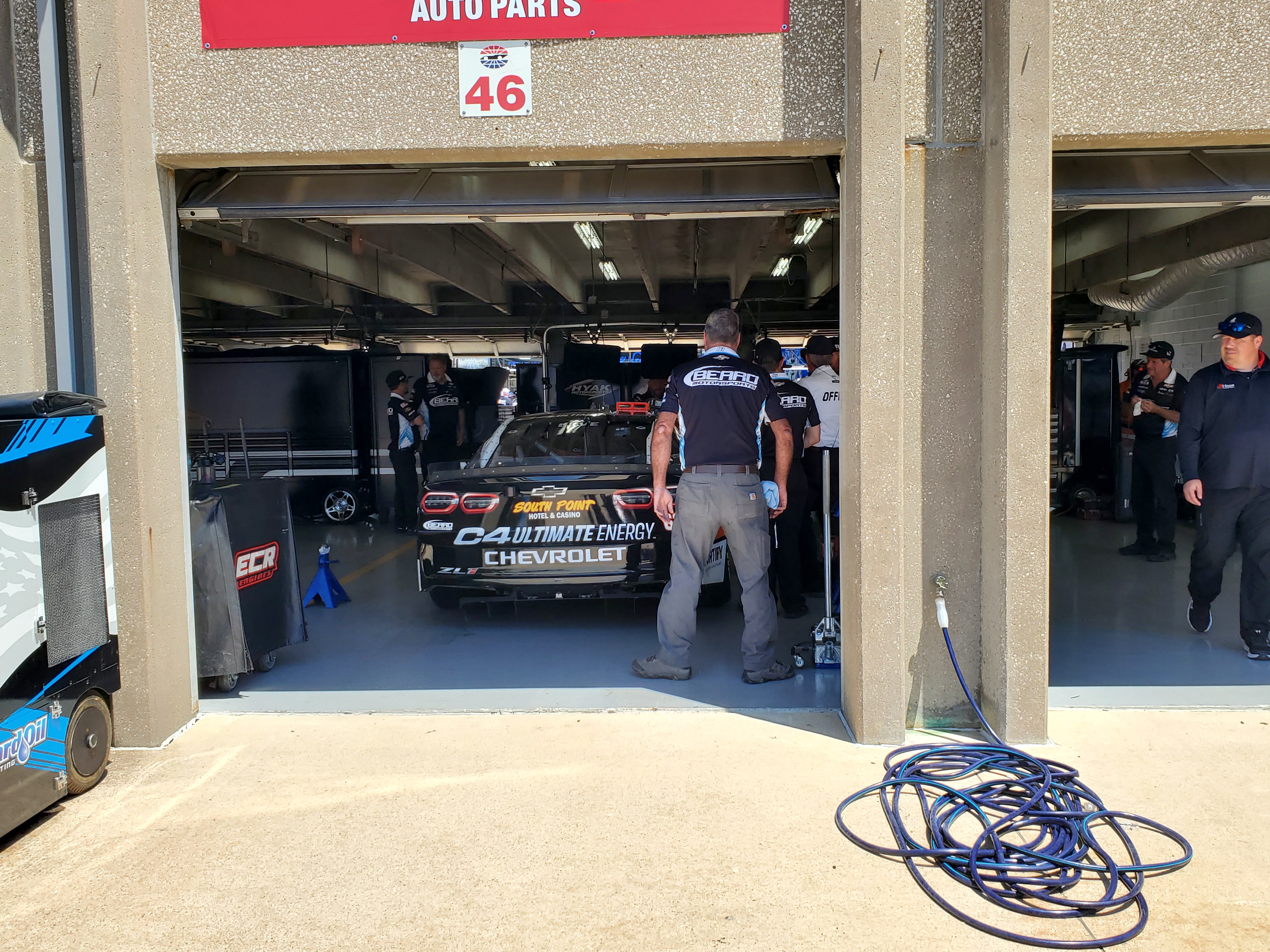
When I met the Suburban team, they were busy preparing a bobtail for a propane refueling mission in the campground. Little did I know, I’d soon be tagging along as a riding partner.
The bobtail’s driver adeptly navigated the tight spaces of the campground, filled to the brim with RVs, easygoing racing enthusiasts and makeshift balconies perched as high as possible to access the coveted view of the track. As we drove along, many would signal with a wave that they needed a cylinder refill — others would simply wave hello. The smell of barbecue wafted in the air, and it made the surreal city located in the middle of a racetrack feel surprisingly like home.
As I would find out the next day, “home” was about to get a lot more crowded. The morning of the race, crowds quickly filed in to see the Würth 400, filling once-vacant parking lots with the hum of noisy anticipation. Fans walked the vendor strip, checking out sponsors and keeping a lookout for the chance to meet drivers face to face.
After some people watching, we headed off to where the magic happens: the garages and pits. We passed by Dallas Cowboys players posing for pictures with a driver, as well as driving team engineers doing last-minute checkups. It was at garages like these in Atlanta, I was informed, that propane provided for heating needs during an unexpected cold spell in the area.
At last, it was time for the rubber to meet the road. Perched with the team in box seats high above the track, I craned my neck to catch a glimpse of military aircraft thundering overhead, electrifying the air with anticipation. A World War II veteran sang the national anthem. Engines roared to life. The race began.
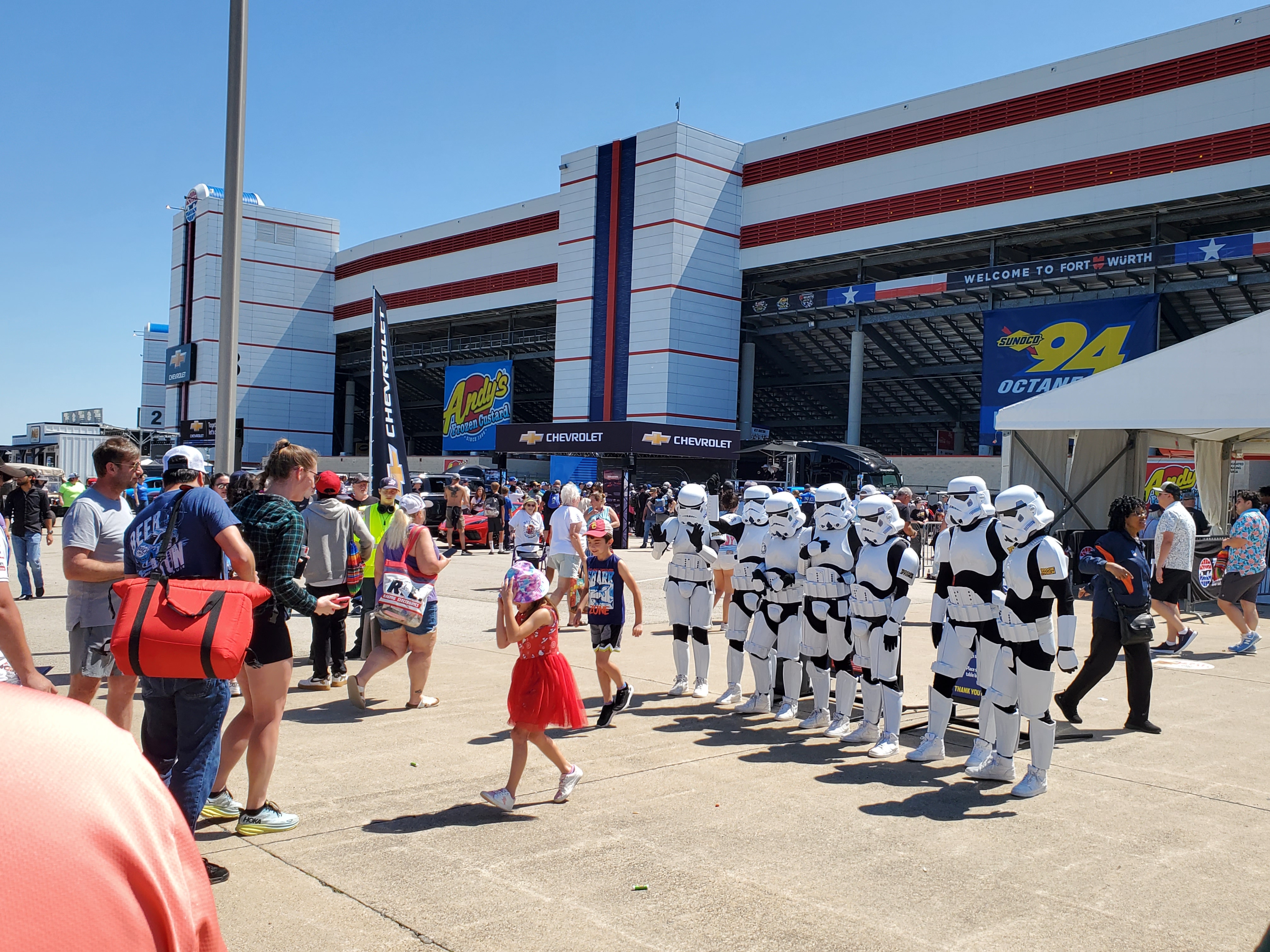
Televised races don’t do the level of noise at a NASCAR event justice. Even in a box seat, the hum of the cars passing by gave pause to casual conversation. It was a thing of raw power, and somehow the drivers know how to control that level of power at dizzyingly fast speeds.
As the race unfolded, with constant twists and turns and multiple drivers crashing while trying to find advantage, I couldn’t help but be enthralled by the trust the drivers had in their engineering teams. Drivers certainly hold the spotlight, but even in the awards ceremony, the entire team usually stands together. The thrill of the race’s terrifying, precise speeds was a culmination of quiet, and likely boring, moments of behind-the-scenes testing, research and late-night conversations. And, in many ways, propane gets to be involved in that process.
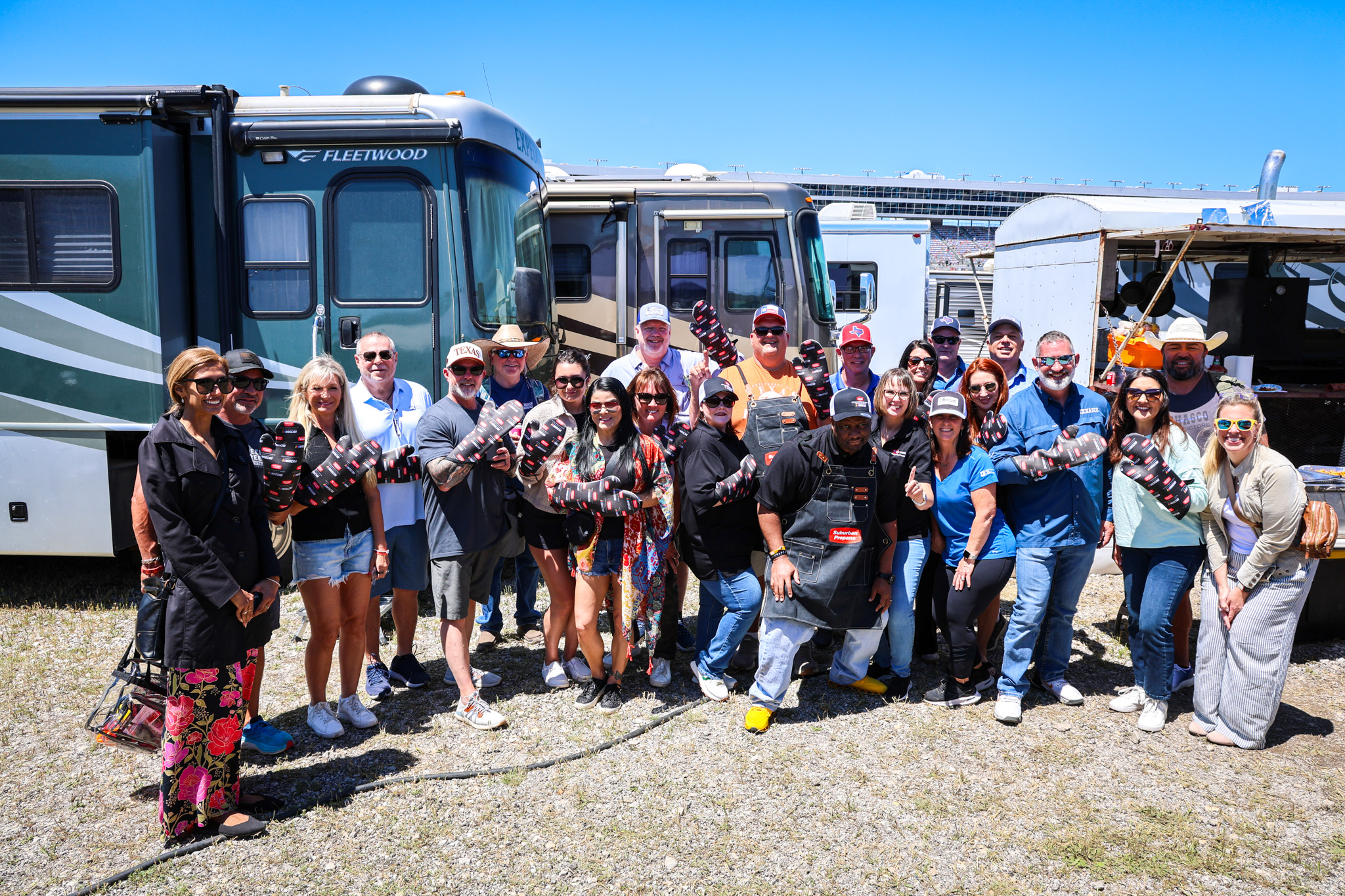
“Rain or shine, propane keeps NASCAR and Speedway events running,” said Sankara. “We look forward to many more years of fun-fueled teamwork.”
Sure, the crowds may not grasp the importance of a propane track dryer the day before a race, but propane has the opportunity to do the “quiet work” that makes it possible to camp under the stars, host cookouts with friends and even hurdle men in aluminum tubes across a track at breakneck speeds.

